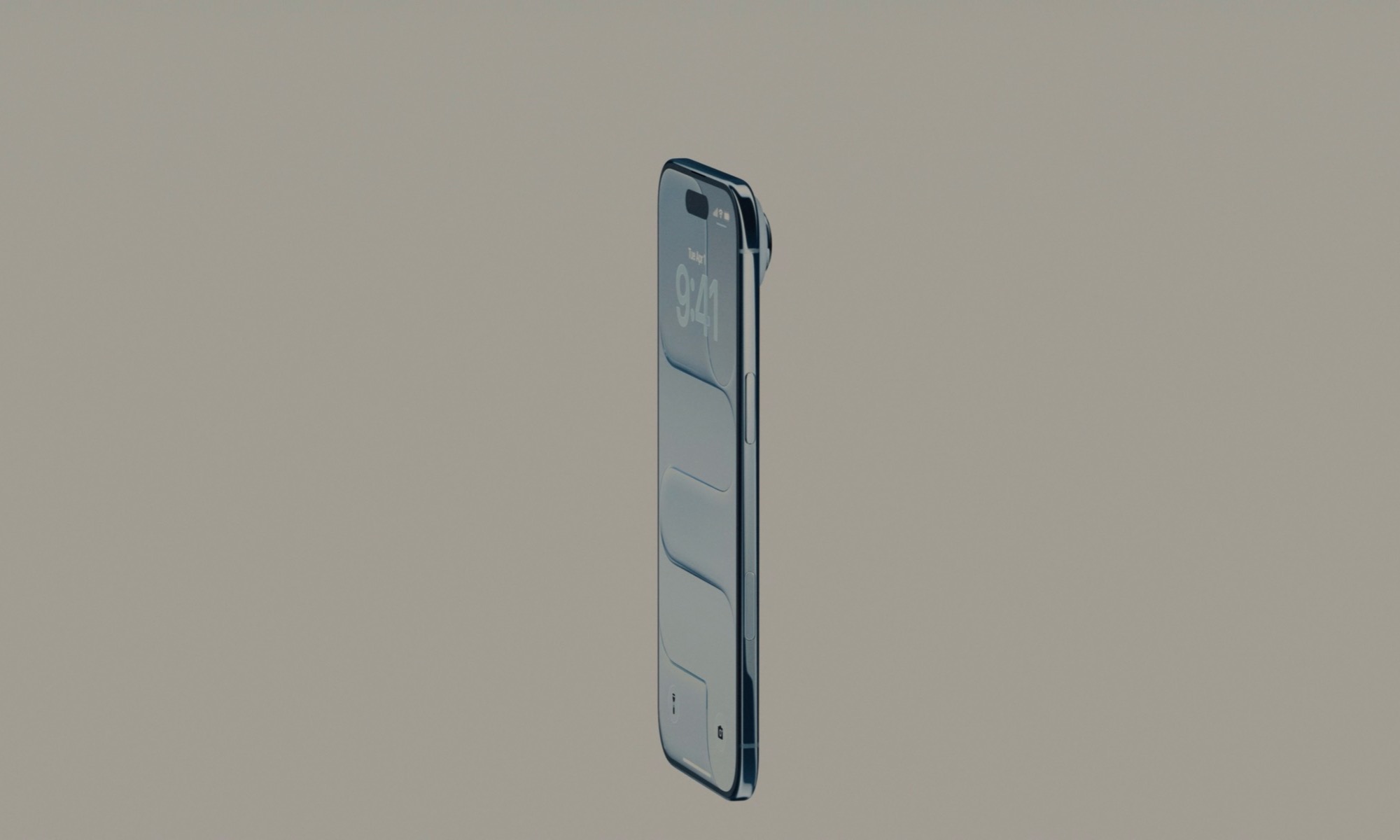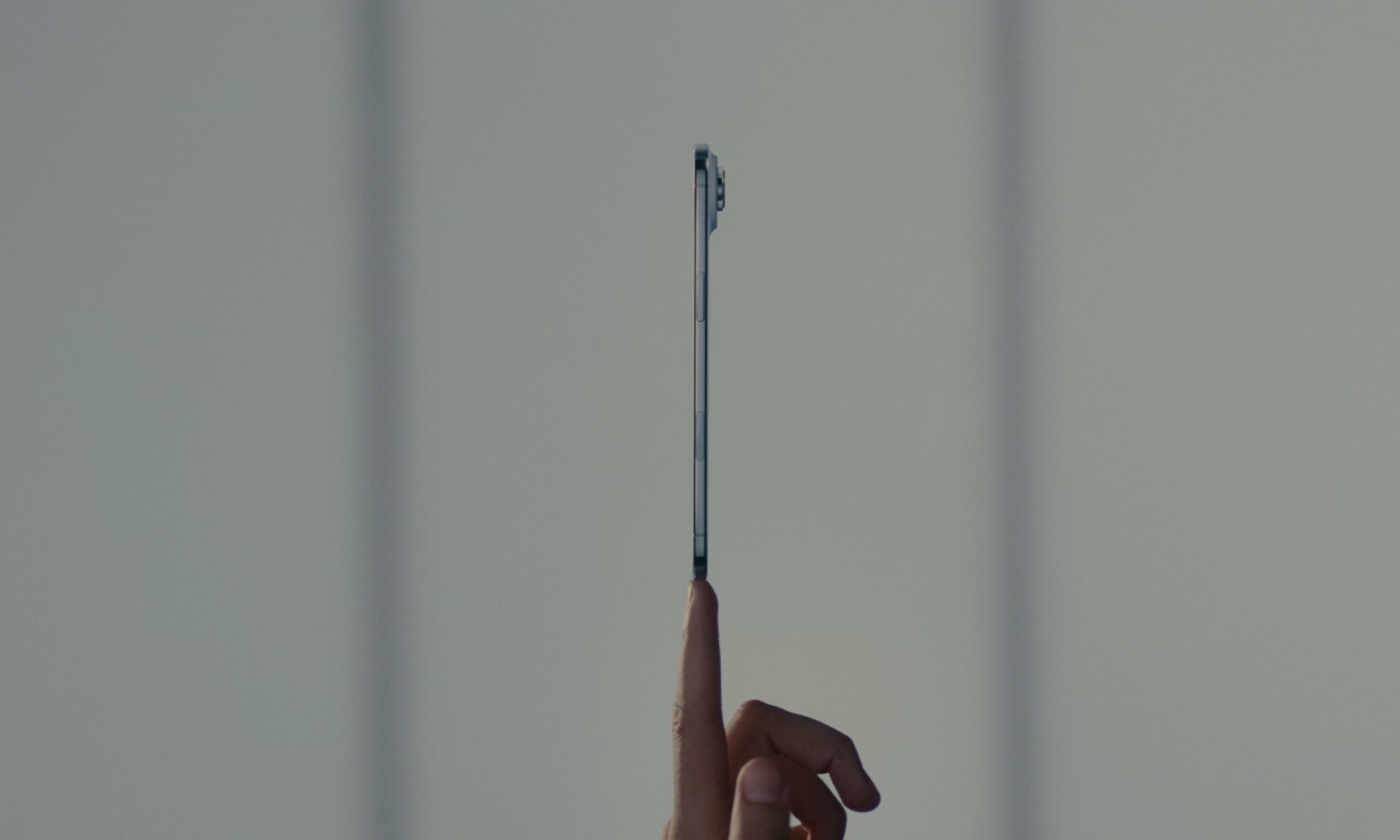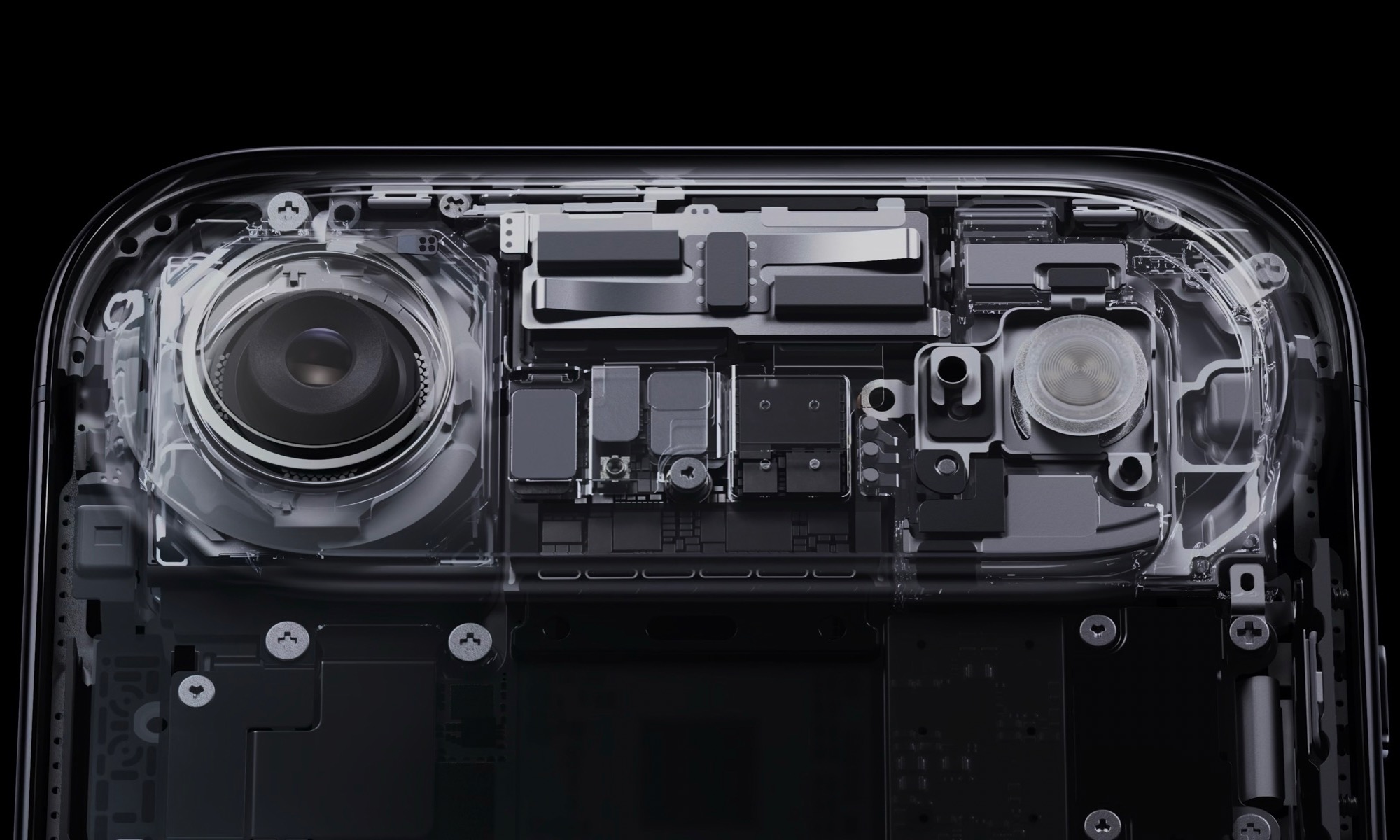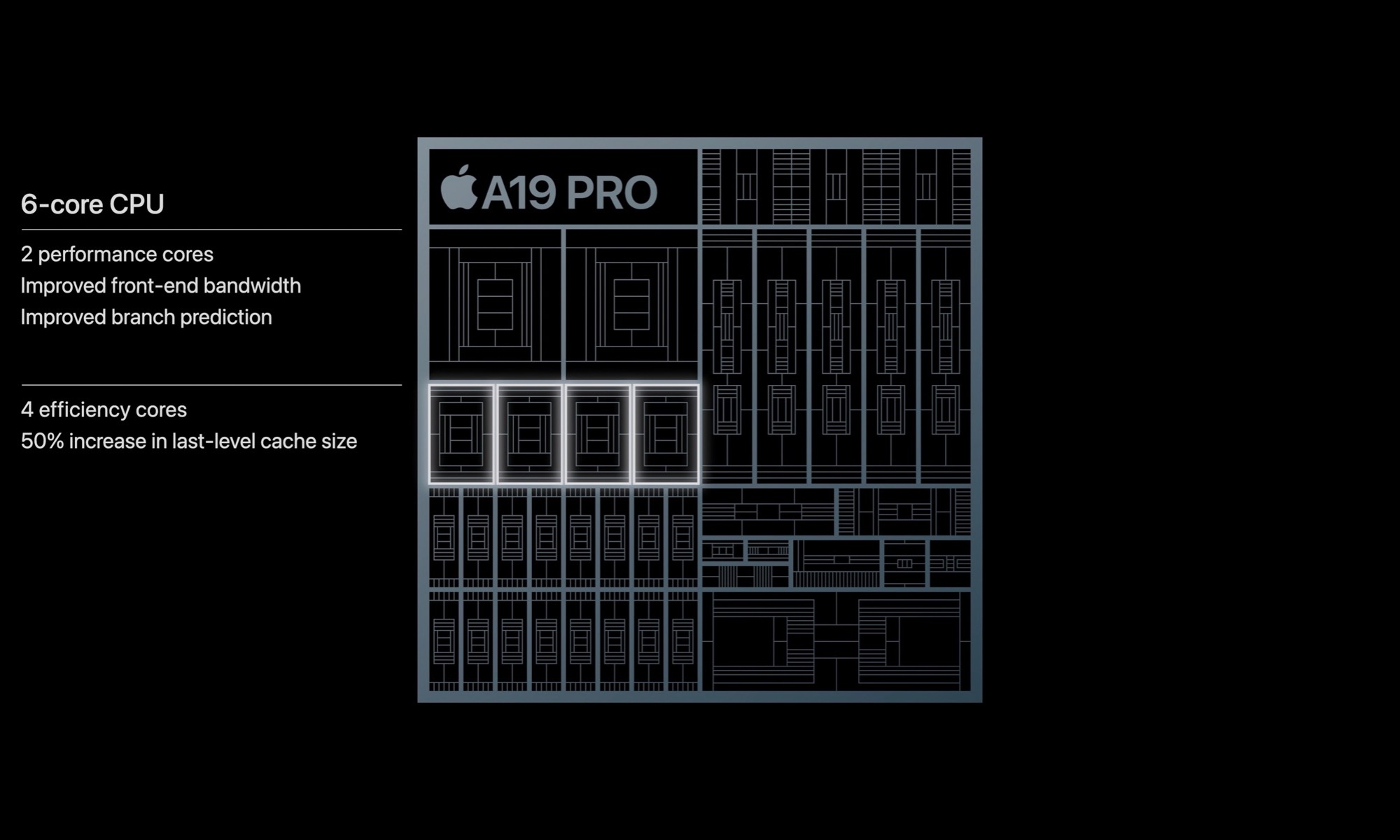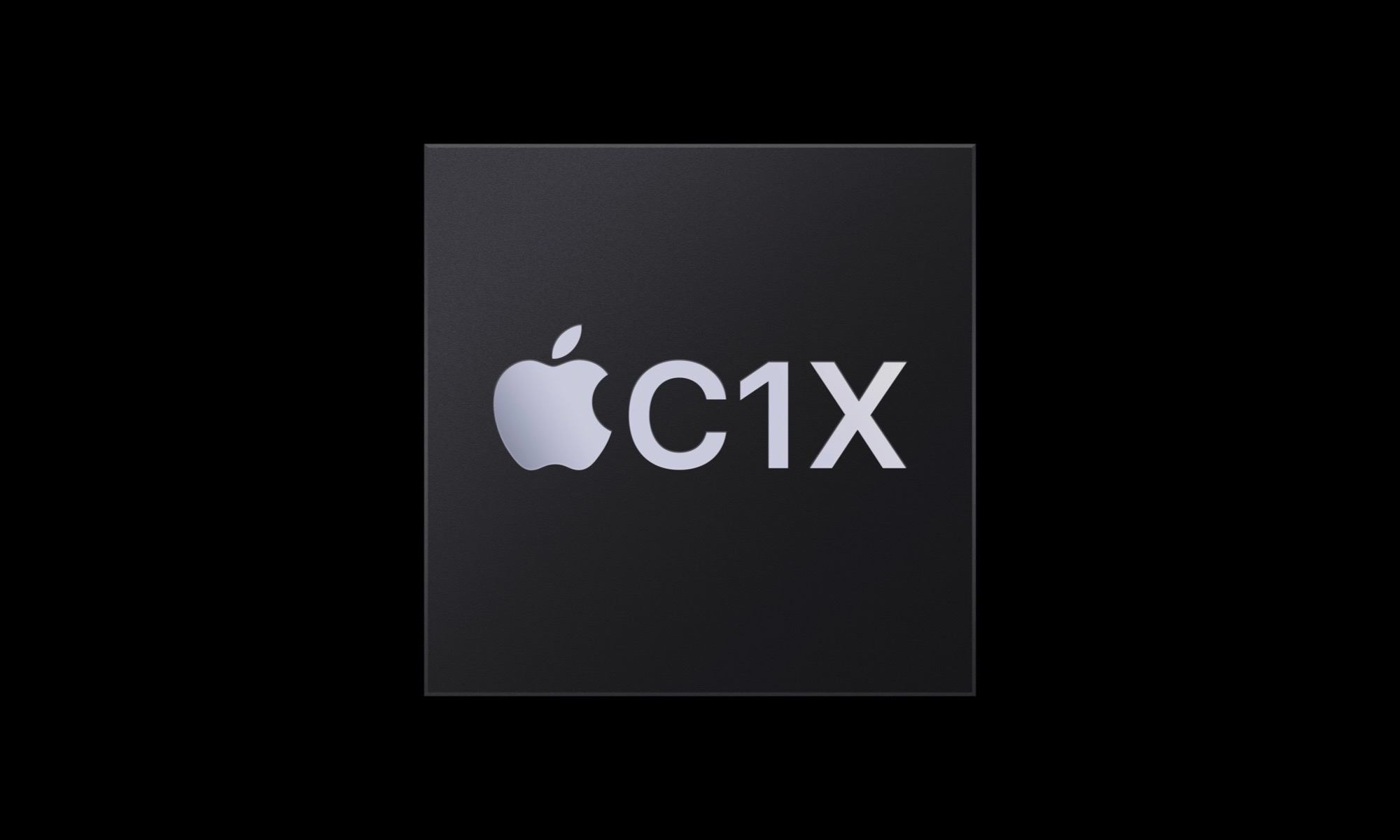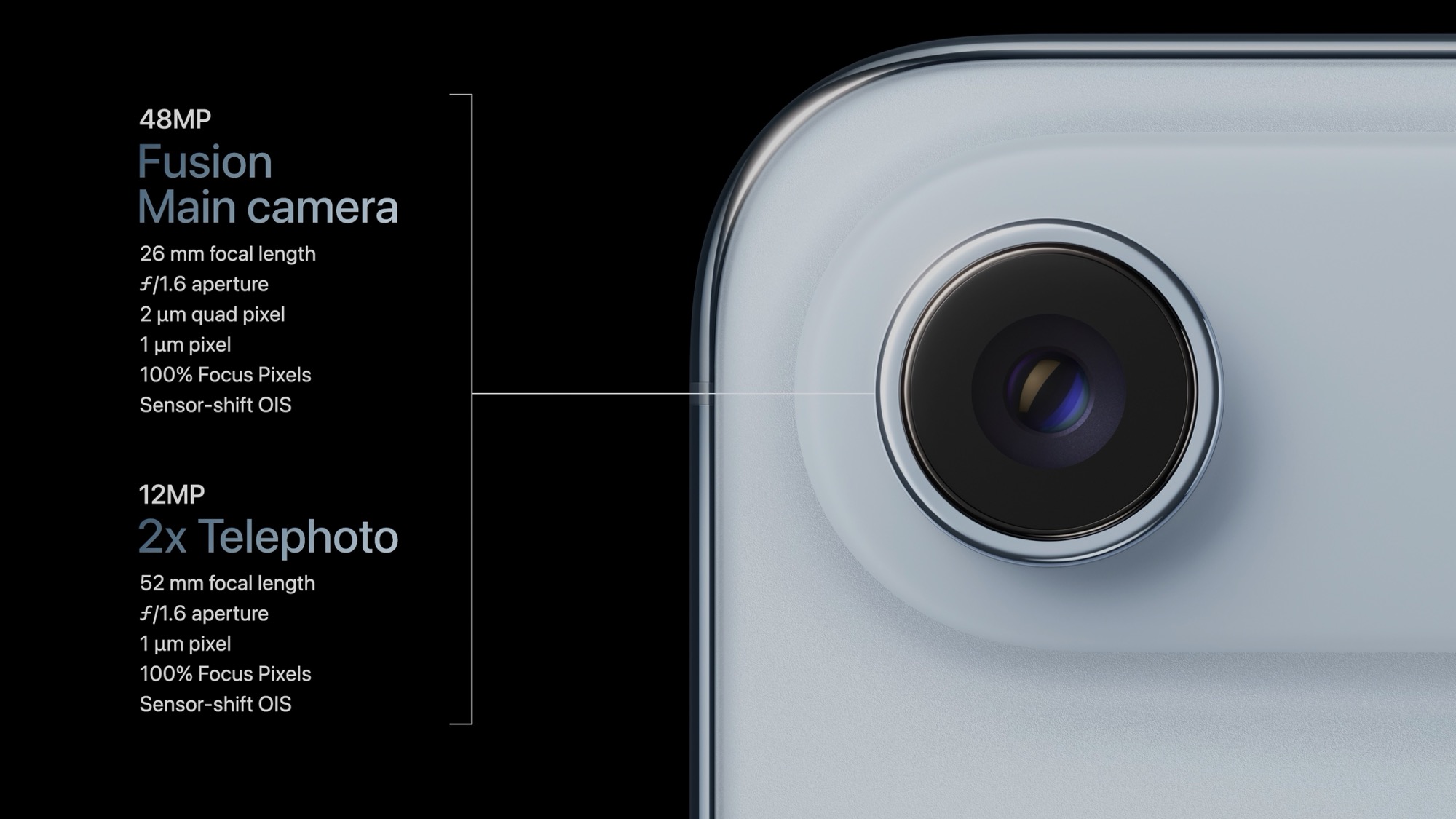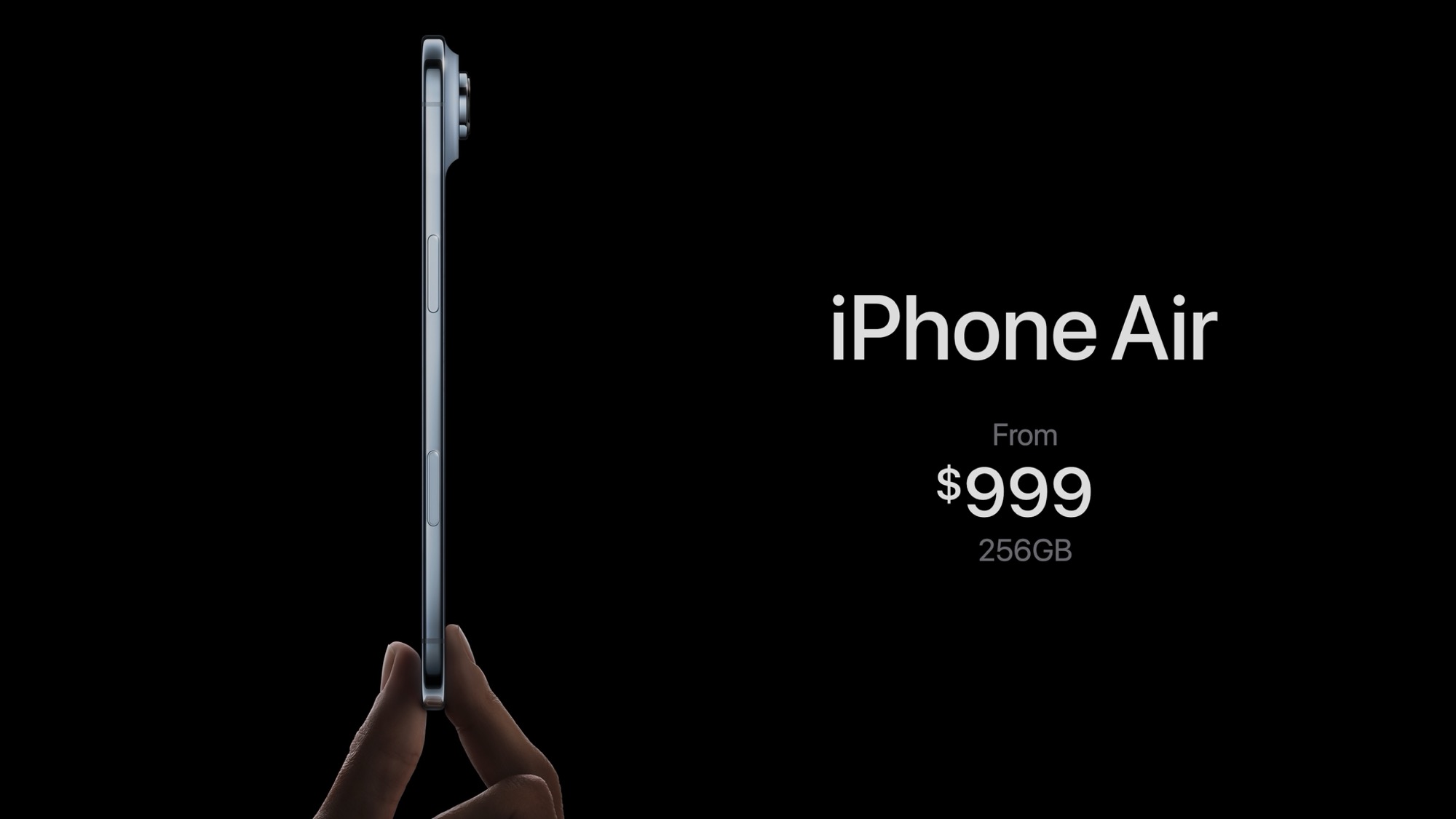Apple Reveals New Ultra-Thin and Durable iPhone Air
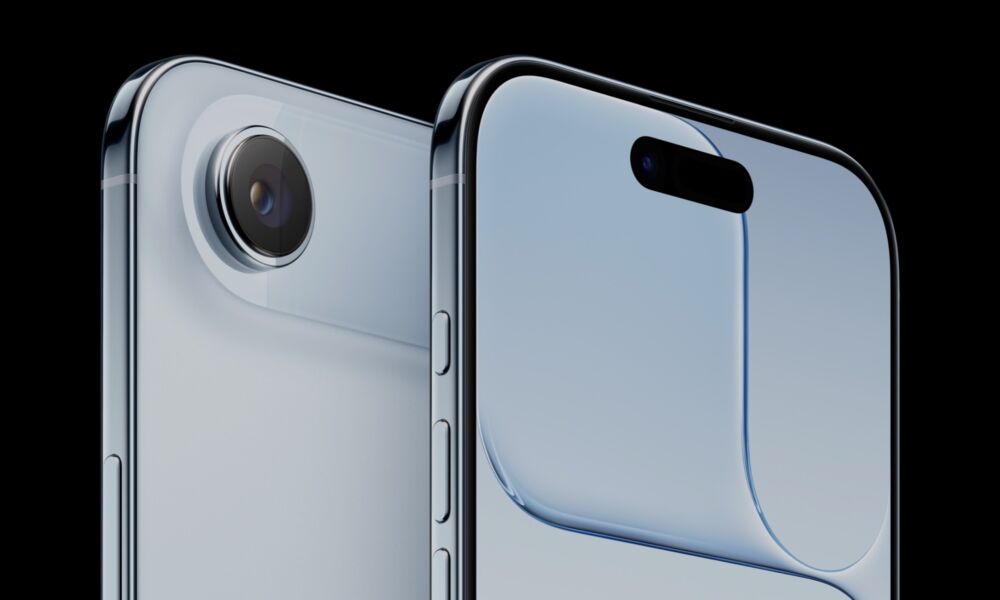
Toggle Dark Mode
Apple frequently gives its iPhone events whimsical titles, but it’s not always clear how these line up with what it plans to announce. Some, like “Hi Speed,” which ushered in the first 5G iPhones, were obvious; others, like last year’s “Glowtime,” are left more open to interpretation.
However, it’s hard to argue that the truly “Awe Dropping” highlight of this year’s event was a much-anticipated new entry in the iPhone lineup that marks the first major iPhone redesign we’ve seen in a very long time.
Apple’s work on an ultra-slim new iPhone may be the company’s worst-kept secret of the past two years. Reports of the so-called “iPhone 17 Slim” began appearing in early 2024, and later speculation turned to the name being the “iPhone 17 Air” to match Apple’s usual branding. That latter one seems to have stuck, but Apple threw us a curveball when it decided to drop the number altogether.
We’ll save the speculation for another day as to what this means for the ultra-thin new model in the longer term, but for now, at least, it’s very much a part of the iPhone 17 family, with a list of specs that puts it into the same type of mid-range position that we’ve seen with the iPad Air.
It’s also a throwback to the days when “Air” meant impossibly thin. Apple first used the suffix to describe the original MacBook Air that Steve Jobs famously pulled out of a manila envelope at Macworld San Francisco in 2008. It was later used for thinner iPads in 2013 and 2014, but it seems to have lost that meaning over the past decade or so as Apple muddied the waters by using it for the entry-level MacBooks and making the iPad Pro thinner than the iPad Air.
Design & Durability
Today’s iPhone Air marks a return to the days when Apple first coined the term “thinnovation.” It’s the slimmest iPhone ever made, at only 5.6 mm thick, putting it only slightly thicker than the M4 iPad Pro models, which fall into the 5.1–5.3 mm range, and the long-discontinued iPod nano, which came in at 5.4 mm.
However, there’s a lot of very sophisticated engineering and design that went into making an iPhone this thin, and the new iPhone Air feels like it’s as much an elegant museum piece as an iPhone.
It features a titanium frame on the outer edges, making it the only iPhone in this year’s lineup to use this material, as the iPhone 17 Pro models have switched to aluminum. The front and back are covered by Apple’s latest Ceramic Shield glass for additional durability against drops and scratches.
The display comes in at 6.5 inches. That’s slightly less than the 6.6 inches that was rumoured, but close enough. It packs in 120 Hz ProMotion technology with refresh rates that can drop down to 1 Hz to support an always-on display, and sports a 3,000-nit maximum brightness. This is essentially the same display used on the iPhone 17, iPhone 17 Pro, and iPhone 17 Pro Max.
Performance and Battery Life
In the weeks leading up to today’s Apple event, the usual pundits were split on whether the new iPhone Air would be powered by the base A19 chip used in the iPhone 17, or the more powerful A19 Pro chip that would typically be limited to the iPhone 17 Pro models.
In a surprise twist, Apple has gone with the more powerful A19 Pro chip. That gives the iPhone Air power to spare, although it’s worth noting that this is likely a “binned” version of what’s used in the iPhone 17 Pro, as it has one less GPU core. That’s the same as what’s in the A19, although presumably the A19 Pro has faster cores and other benefits. We’ll have to wait for the benchmarks to see how things compare.
In raw specs, Apple notes that the GPU has a second-generation dynamic caching architecture and new neural accelerators built into each GPU core, delivering up to 3 times the AI compute performance of the A18 Pro.
However, the real feat of engineering that allowed Apple to cram so much technology into an ultra-thin iPhone goes beyond the A-series chips. The iPhone Air is the first model to be almost entirely made of Apple silicon, with a C1X 5G modem chip that builds on the C1 introduced earlier this year in the iPhone 16e, plus a brand new N1 wireless chip to deliver Wi-Fi 7, Bluetooth 6, and even Thread support.
By all reports, Apple is still working on a newer C2 modem chip, so the C1X appears to be a souped-up interim version of the C1, similar to the AX-series chips that Apple used to put into its iPads. The company says the C1X is up to twice as fast and 30 percent more power-efficient than the C1.
Apple has packed all these chips into the “plateau,” which seems to be the company’s new name for the camera bump. The rest of the iPhone Air is all battery, and with so little room, Apple has also gone eSIM-only for this model globally. We’ll have to wait and see if that will limit which countries it will be sold in, but so far, the list appears to be the same as for the iPhone 17: 63 countries in the initial rollout, including China, plus 22 other countries later this month.
Despite this, Apple still promises all-day battery life, including up to 27 hours of video playback using only the internal battery. This is also where Apple’s own silicon comes in, as these chips have all been designed from the ground up for power efficiency.
Apple is also re-releasing the MagSafe battery pack in an even slimmer version to fit with the iPhone Air. Slapping that on will provide up to 40 hours of total video playback. Interestingly, Apple isn’t offering faster 40W charging on the iPhone Air; it has the same specs as last year’s iPhone 16 models, promising a 50% charge in 30 minutes with a 20W adapter.
Camera System
As everyone expected, the iPhone Air only has room for one camera. Apple has put in the same 48 MP Fusion Camera found in the iPhone 17, which means users will be able to get a 2X virtual optical zoom, plus sensor-shift optical image stabilization.
It supports all the other photographic features that don’t require a second camera, including the next-generation Portrait Mode introduced with focus and depth control that was introduced in last year’s iPhone lineup, Night Mode, new photographic styles, and even Action Mode.
However, 0.5X zoom, macro photography, cinematic video, and spatial photos and videos are out. In this regard, it beats out the single-camera system of the iPhone 16e, although we’ve often wondered if some of the limitations on that model were artificial ones.
The iPhone Air also features the newer 18 MP Center Stage selfie camera, with all the same capabilities of the iPhone 17 and iPhone 17 Pro models. The new square sensor will let you take selfies in landscape orientation even while holding the iPhone in a portrait position, and the Center Stage automatically adjusts the field of view to ensure everyone is included in the shot. There’s also Dual Capture video to record from the front and rear cameras simultaneously.
Price and Availability
The iPhone Air comes in Space Black, Cloud White, Light Gold, and Sky Blue. It starts at $999 for the 256 GB base model, with 512 GB and 1 TB versions available for $1,199 and $1,399, respectively. It will be up for pre-order alongside the iPhone 17 family this Friday, September 12, and go on sale in stores next Friday, September 19.


